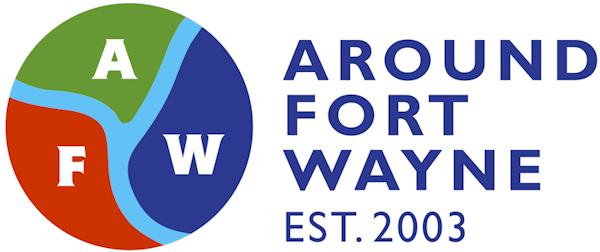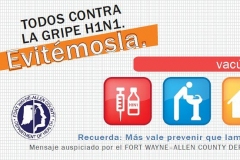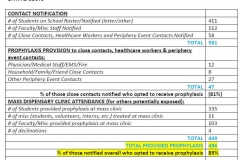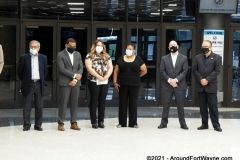![]()
Press release from the Fort Wayne-Allen County Department of Health:
Group A strep infections can become life-threatening if not treated promptly
The Fort Wayne-Allen County Department of Health has become aware of a few local residents who have had invasive Group A Streptococcus infections, one of whom died from the disease.
There have been 2 confirmed cases of severe disease locally in the past month. Fort Wayne – Allen County had fewer than 10 cases confirmed in 2008, with 158 cases occurring statewide. Although it is unusual to have 2 cases reported in such a short time, health officials do not believe that an outbreak, or widespread occurrence of the disease exists. But the situation does present the opportunity to educate and inform the public about Group A strep.
Group A streptococcal (GAS) disease is caused by the bacterium Streptococcus pyogenes and can result in many types of illnesses, including strep throat, scarlet fever, wound infections and superficial skin infections. Rarely, these bacteria can invade areas of the body where bacteria are normally not found such as blood or muscle tissue and produce septic shock, tissue death “necrotizing faciitis”, organ failure and other life-threatening complications.
The Streptococcus A bacteria reside in approximately 15 percent of the United States population and are transmitted through direct contact with nose and throat secretions of persons who are infected or by touching infected hands. Spread may also occur by contact with infected wounds or sores on the skin, such as when a person has chickenpox lesions.
Very few people who come into contact with GAS will actually develop invasive disease. In 2008, there were 158 cases of invasive GAS disease reported in Indiana. That is a rate of 2.48 cases per 100,000 Hoosiers.
Although healthy people can get invasive group A strep disease, people with chronic illnesses, such as diabetes, cancer or lung disease or those who take steroid therapy have a higher risk of developing an invasive infection. Individuals with chickenpox or other skin infections are also at increased risk for severe group A strep infections.
Symptoms of invasive GAS disease vary depending on the manifestation of the illness. Symptoms can include fever, headache, vomiting, muscle aches, fatigue, confusion, dizzy spells, difficulty breathing, rapid decrease in blood pressure, decreased urine output, blurred vision, bruising or bleeding under the skin and, if the skin is infected, severe pain or swelling at the infected site.
A person experiencing any of those symptoms should seek medical attention immediately. Invasive GAS can be very aggressive and early treatment with antibiotics can reduce the risk of complications or death.
There is no vaccine for GAC, but the risk can be reduced by good hygiene. It is important to wash hands regularly, especially after coughing or sneezing, and before and after caring for a sick person. Use an alcohol-based hand sanitizer if soap and water is not available.
Proper wound care is also important to prevent secondary bacterial infection. All wounds should be kept clean and watched for signs of redness, swelling, drainage, and pain at the wound site. Open wounds, especially with drainage, should be covered with a waterproof bandage.
To learn more about group A streptococcus disease, visit https://www.cdc.gov.










